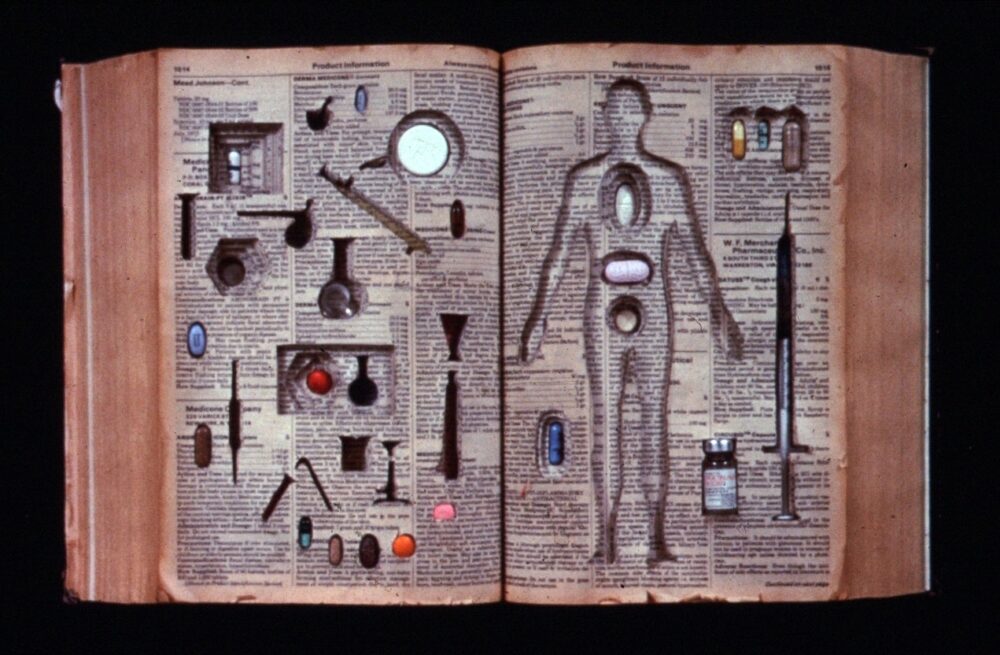Gin Louie
1947–1994
Gin Louie was born on March 22, 1947, in New York City. He was raised in a traditional Chinese American family, in Chinatown. He spoke Chinese growing up, and described more than once the effort it took to leave his family behind—though geographically he did not move terribly far uptown. He and the performance artist Ping Chong were friends from childhood. Gin was associated with the Lower East Side Printshop (LESPS) as an instructor from its early days in the 1970s, and was director from 1978 until 1989.
At that time the LESPS was an extraordinarily fertile, exciting, funky cooperative printmaking studio, very political, very scruffy. Louie was the person who kept the doors open with a muddled mixture of grants and artist fees, and some of the member artists taught art programs in the NYC public schools. It was very dedicated to a kind of free and open art making, very committed to offering access and training to artists of color in a down-and-out neighborhood that was still far removed from today’s gentrification.
Louie was also a very skilled printer and sometimes printed editions for established artists. The LESPS did various public-art projects, such as a series of posters shaped to fit in subway cars, like the overhead ads, and a calendar that alternated images between established artists and kids from the children’s classes. Names included Barbara Kruger, Kiki Smith, Philip Taaffe, Anton Van Dahlen, and many others.
Louie’s Physician’s Desk Reference pieces were a series of projects about AIDS that he did after he was diagnosed. Until then he had mostly been a printmaker interested in photo techniques. There are 3 books, and they are broadly autobiographical. Louie lived on East 1st Street and used to poke around in the junk stores on Canal Street. Many of the little objects that he embedded in the books were found there—the plumb bob, the miniature glass bottles with objects in them, the green glass disks, the tiny magnifying glasses, sparkly rhinestones. Other items, like the white porcelain mortar and pestle in one book, probably come from the cheap china shops of Chinatown. This is a poignant reminder of what the years were like between 1981, when AIDS began to appear, and 1996, when AZT began to allow people to survive.
Other AIDS-related projects at this time included a set of self-portraits called “Vanity Disturbed,” each showing Louie's face from various angles and in various degrees of blurriness, printed in cheap photocopy style and framed in hinged multiple frames.
Louie passed on March 15th, 1994.
Biography provided by Eve Sinaiko







